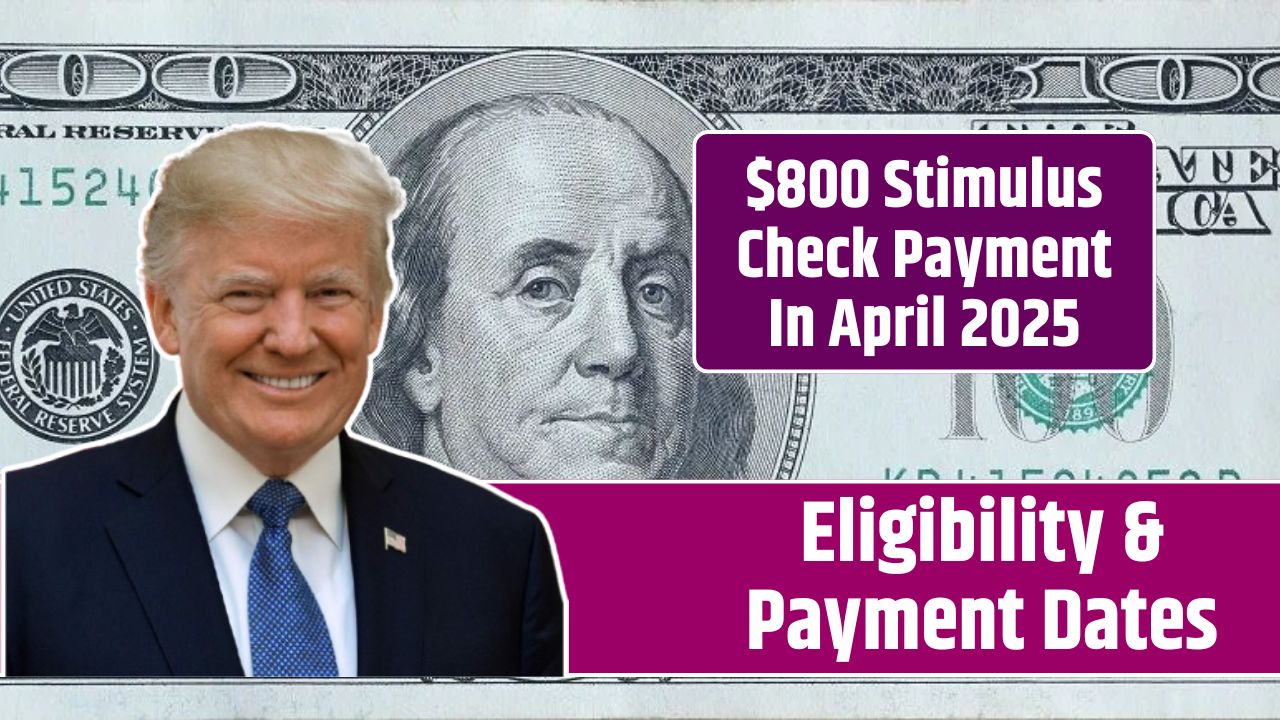Millions of Americans rely on Medicaid to get the healthcare they need without breaking the bank—and in 2025, it continues to be a lifeline for low-income families, seniors, pregnant women, and people with disabilities.
If you’re wondering how to qualify, what’s covered, and how to apply, you’re in the right place. This guide breaks it all down in simple terms.
Overview
Medicaid is more than just a health insurance program—it’s a partnership between the federal government and individual states. That means rules can vary, but the goal is always the same: helping people get affordable healthcare.
The program has grown significantly since the Affordable Care Act (ACA) allowed states to expand Medicaid eligibility, and by 2025, 38 states have taken that step.
Eligibility
Medicaid eligibility depends on a few main factors: income, household size, age, and disability status. But here’s the thing—it’s not one-size-fits-all. Each state has its own guidelines, especially when it comes to income limits and special groups.
Let’s break it down:
| Group | Income Limit (2025, Approx.) | Notes |
|---|---|---|
| Individual Adult | Up to $20,120/year (138% FPL) | In expansion states |
| Family of 4 | Up to $41,400/year (138% FPL) | In expansion states |
| Children | Higher income limits than adults | Often up to 300% FPL |
| Pregnant Women | 138%–200% FPL depending on state | Covers prenatal and postpartum care |
| Seniors (65+) | Income and resource-based | May also qualify for Medicare |
| People with Disabilities | Income/resource tested or SSI-linked | May also qualify for special programs |
And yes, U.S. citizens and certain lawful immigrants can qualify—but some immigrants must wait five years unless they’re pregnant women or children.
Benefits
Medicaid covers a pretty wide range of services. While every state must offer certain “mandatory” benefits, many also include optional services to meet community needs.
Mandatory Benefits:
- Doctor and hospital visits
- Prescription drugs
- Maternity care
- Mental health and substance use treatment
- Preventive care like vaccines and screenings
- Lab tests and X-rays
- Long-term care (e.g., nursing homes)
Optional Benefits:
- Dental care (yes, cleanings and fillings!)
- Vision services (like glasses and eye exams)
- Non-emergency medical transport
- At-home support for daily activities
So whether it’s a broken bone or managing diabetes, Medicaid’s got you covered.
Applying
The Medicaid application process is easier than most people think—just four main steps:
Check Your Eligibility: Use your state’s Medicaid website or visit HealthCare.gov to confirm.
Gather Your Documents:
- Pay stubs or tax returns
- Proof of citizenship or immigration status
- Social Security numbers
- Birth certificates
- Medical documentation (if disabled)
Apply:
- Online through your state’s portal or HealthCare.gov
- In person at a local Medicaid office
- By phone
- By mail, using a paper form
Get Approved: Expect to wait 30–45 days. Once approved, you’ll receive a Medicaid card and be ready to use your benefits.
ManagedCare
Most states now use Medicaid Managed Care, meaning a private insurance company coordinates your care. They assign you a network of doctors and hospitals, and you might need to choose a primary care physician (PCP).
The older Fee-for-Service (FFS) model lets you see almost any provider, but it can mean more paperwork and fewer care coordination benefits. If you prefer flexibility, FFS might be your jam. Prefer convenience and lower out-of-pocket costs? Managed Care is likely a better fit.
Medicare
If you qualify for both Medicare and Medicaid, you’re called “dual eligible.” Medicaid can pay for things that Medicare doesn’t—like nursing home care, deductibles, and copays. Basically, Medicaid fills in the gaps, making your healthcare nearly (or totally) free.
Programs
Aside from standard Medicaid, there are special programs like:
- CHIP (Children’s Health Insurance Program): For kids whose families make too much for Medicaid but can’t afford private coverage.
- Medicaid Buy-In Programs: Let people with disabilities work and still keep their Medicaid.
- Home- and Community-Based Services: For folks who need help at home instead of a nursing home.
Mistakes
Common application slip-ups? Here’s what to avoid:
- Forgetting documents—double check everything!
- Not reporting income changes—this can mess up your eligibility.
- Assuming you don’t qualify—especially in expansion states, many people are surprised to learn they’re eligible.
Expansion
Medicaid expansion under the ACA changed the game. In states that adopted it, more adults under 65 can qualify based on income alone. The result? Better health outcomes, more preventive care, and less strain on hospitals. Unfortunately, non-expansion states still leave many without coverage.
Whether you’re new to Medicaid or just investigating options for a family member, understanding how it works in 2025 puts you in control of your healthcare. From who qualifies to what’s covered and how to apply—this program is more accessible than ever, especially in states that expanded eligibility.
FAQs
Who can apply for Medicaid in 2025?
Low-income individuals, families, seniors, and those with disabilities.
Is dental care covered by Medicaid?
Yes, in many states, but it’s optional and not always included.
How long does Medicaid approval take?
Typically between 30 to 45 days after application.
Can you have Medicare and Medicaid?
Yes, dual-eligibles can get extra help with healthcare costs.
What documents do I need to apply?
Proof of income, ID, SSN, and immigration/citizenship documents.

















